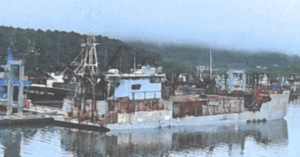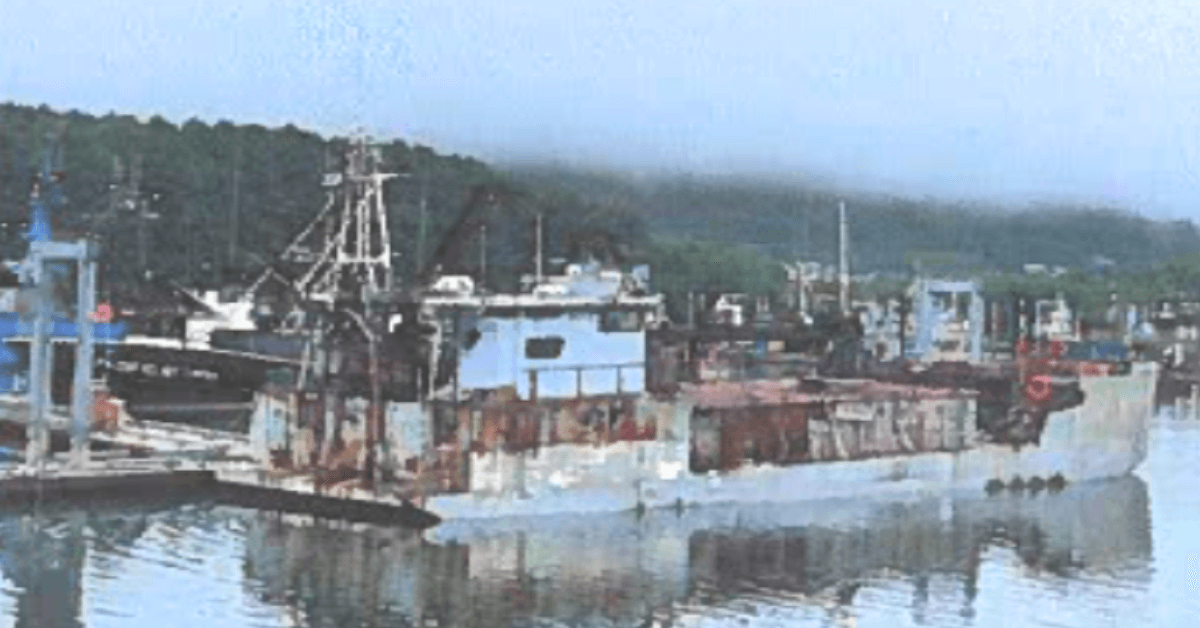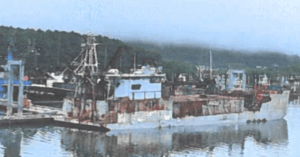
North Korea Repairs & Relaunches Destroyer For Second Time, Plans 2 More Warships
June 13, 2025
US Coast Guard To Remove 350 Navigation Buoys In Northeast Waters
June 13, 2025

An old fish tender vessel sank off the coast of Kodiak, Alaska, last year after water flooded its lower compartments, a situation that investigators say could have been controlled if watertight doors had been closed.
The Cape Douglas, an 80-year-old industrial vessel, was working as a fish tender in Chiniak Bay on November 6, 2024, when it began taking on water.
The National Transportation Safety Board (NTSB), in a report released on June 13, said open watertight doors in the engine room and companionway allowed the water to spread quickly, contributing to the sinking.
At the time, the vessel was being used to dispose of fish byproduct. The captain had opened the inlet valve to run the deck washdown system, which sprays seawater onto the deck to help loosen and wash away the waste. Around 15 minutes after opening the valve, the captain noticed water entering the lower parts of the vessel.
The crew tried to stop the flooding but couldn’t. With the situation getting worse, the captain and a crew member abandoned the vessel and got into a skiff that was being towed behind. They were later rescued by another Good Samaritan vessel passing nearby.
The Cape Douglas sank with about 400 to 600 gallons of diesel fuel still on board. It was not recovered and was declared a total loss worth $250,000.
Investigators believe the water entered the vessel because of a failure in the deck washdown system, which had not been used or tested in over two years. The system was estimated to be at least 25 years old, and its pipes or parts may have failed when pressure was applied. This led to water entering spaces below the deck.
The NTSB stated that watertight integrity is a basic rule of safe vessel operations. Bulkheads and watertight doors are designed to stop water from spreading between compartments when a leak happens. In this case, investigators said the flooding could have been stopped or reduced if the watertight doors had been closed.
The report also mentioned that the Cape Douglas had visible signs of rust and damage before the sinking. There were also records showing hull wastage, pointing to the vessel’s poor overall condition.
About seven months before the incident, the harbormaster in the City of Kodiak had raised concerns about the vessel’s deteriorating state.
For the full report click Marine Investigation Report 25-22
Reference: NTSB
Source: Maritime Shipping News


